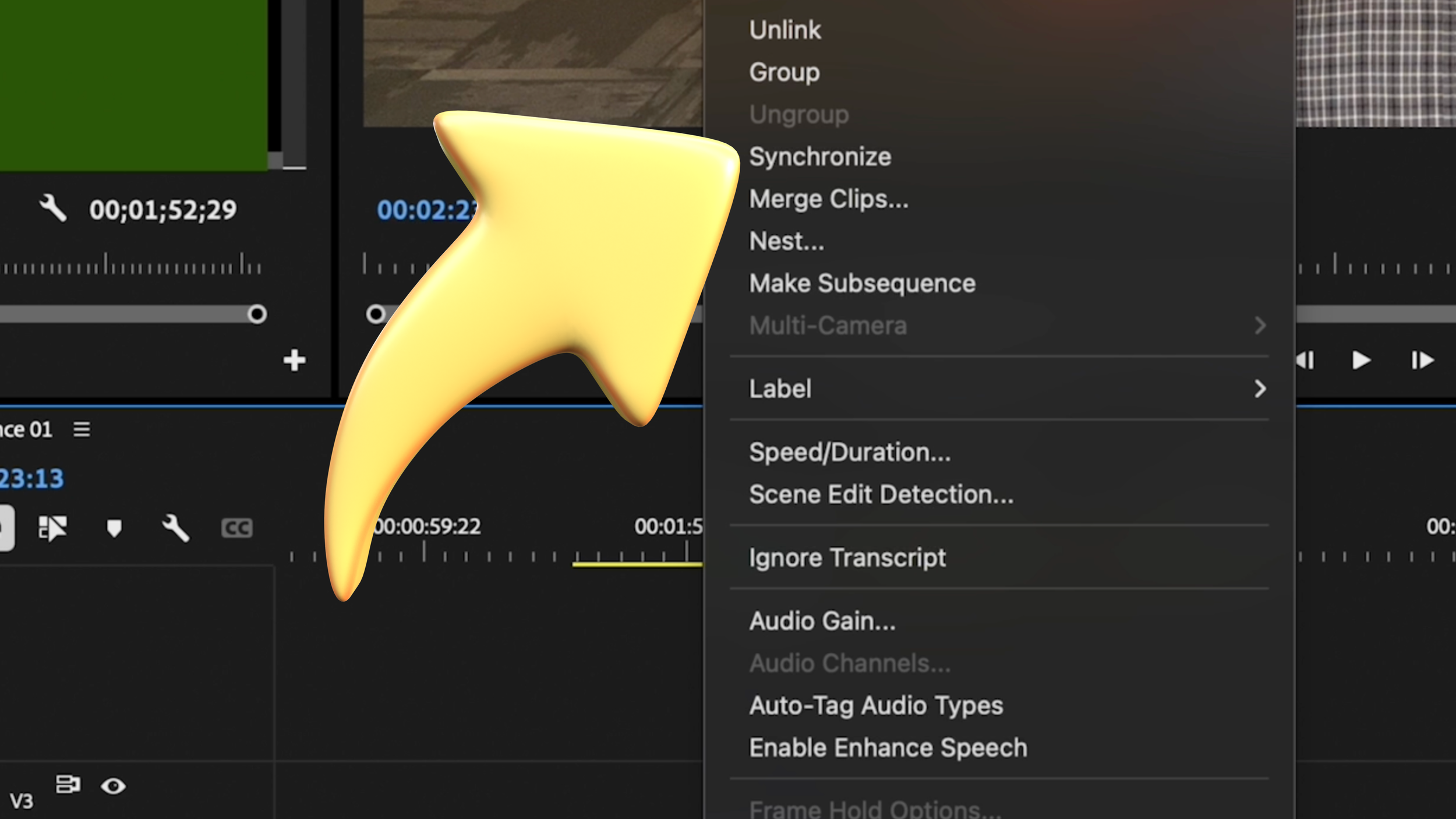Portfolios: What They Are and Why Students Need Them
Introduction
At the time I am writing this article we are only about six weeks from the last day of school.
We need to start thinking of portfolios in a new aspect ratio
Alright… breathe.
That means freedom is right around the corner. Your summer travel plans are starting to fall into place and your students are about to be someone else’s problem for a couple of months.
But before we let these kids out into the wild, we need to know something… did they actually learn anything?
I mean, we know they did, but do they know they learned anything?
This is a problem that I have in my class. I do not teach like a “normal” teacher. I rarely do presentations and even more rarely do I give tests or quizzes (though that is changing with the convenience of AI, specifically MagicSchool.ai). We don’t do gallery walks or the other things that are so common in many academic classes. Because of my classroom not feeling like a typical teacher’s room, sometimes my students don’t realize they are learning.
Now, I think this is a good thing. If your students are having fun while working, to the point that they don’t realize what they are doing is work, that seems like a win to me.
Still, it is a gut punch when they are asked, “so, what are you learning” and they absolutely freeze.
If only there was some sort of proof, some kind of artifact that they could reference, and say, “YES, I am learning! Look what I did.”
Good news. There is. It’s called a portfolio.
The Why of Portfolios
Chances are, your students have spent hours working on projects during their time in your class or pathway. Hopefully they have a place where they are keeping all of these things. If they don’t, you need to start that process with them now.
In this article, I am going to talk about what I do. And more specifically, what I hope to do, to get my kids on track to a better future. And to cover my own behind, so that we always have something they can reference to prove that they are learning in my classroom.
Before we get into it, let’s talk about why a portfolio is important to your students, even if they don’t see it yet.
About ten years ago I had a guest speaker. He was the video director for a major Christian hip-hop label. He directed, shot, and edited every single video that they put out, and they were huge. When he came to the room, he brought his laptop, plugged in the HDMI, and started sharing about his journey into the industry. He started by showing us the first video he ever made. It was a lip-dub music video that he made with friends when he was in high school. It was garbage.
He said that he started with this because he always liked to show people where he started. He emphasized to my students that it is important to keep all of their projects because then they could always see their growth throughout the years. He then showed them his latest music video from Andy Mineo and they were blown away.
That stuck with me. I know, personally, that when I see some of my earlier videos, I am almost disgusted at the quality. I am tempted to reach out to the person who had the courage to hire me to produce something for them and apologize for the quality. I have to fight the urge to tell them that I am so much better now. And to please give me another chance.
A few years later I had another guest speaker. This time it was a former student who had been sitting in the classroom for the previous speaker. She had recently graduated from Syracuse University, one of the top communications programs in the country. As she plugged up her HDMI, she told the class how she had been sitting where they were just a few years before. She told them how important it was to keep their work. Her work, during high school, was used to get her a scholarship to this prestigious institution. She recalled how the dean of her school viewed her high school portfolio with a grin, before stating that, “her portfolio was already better than most of the people she would graduate college with.”
I have had students who, while in my high school program, were able to use their portfolio to get work, making real money creating content for local businesses. One student even used his portfolio to land him a $20/hour gig as a tutor for a middle school student who was interested in video and film.
The point is, portfolios have value, now and in the future.
You will always have to convince your students that what they are doing has value. It will be an ongoing battle that will renew year after year with each crop of students, But, ultimately, you will be proven right.
The What of Portfolios
So, what do they need in their portfolio? And how do they go about doing this?
Well, to be honest, I am ready to change that up on my end.
In the past, I have had students build websites using a free account with something like Wix or Weebly, and I may still incorporate that, but I am looking to go with something that is more “now”.
One summer, while sitting in a professional development session, I was struck by how the industry works. Networking is done almost entirely through social media. As our guest speaker explained, he was hired by Major League Baseball as a content creator before he graduated college because of the work he was putting out on his Instagram account. He was capturing collegiate sporting events, doing insane edits, and then sharing his work on Instagram, using the right hashtags, which ultimately got him noticed by his now boss, who DM’d him, and the rest is history.
That is the world for which we need to prepare our students.
That is the world for which I need to be better prepared.
I have to rethink how I am going to have my students create portfolios and reels for the future, working on content that will almost exclusively be shared on vertical platforms, such as Instagram or TikTok.
That doesn’t mean that we need to get away from horizontal video creation, but we do need our students to know how to best share what was made for a 16:9 viewer and turn it into something appealing to a 9:16 world.
We also need to understand that attention spans have plummeted. You used to have about 30 seconds to appeal to a potential employer, who would decide in that timespan if they wanted to watch the rest of your 60-second video. Now, thanks to a doom-scrolling mentality, I would argue that you get about 7 seconds to make that same big impression.
Because of this shift in aspect ratio and the concurrent drop in attention spans, I am going to have my students edit a 30-second video in 9:16 that they can then share on social media. Do they have to share it? No, but they need to have it for that kind of audience.
They are also going to have to write the video description and research seven unique hashtags that they could use to increase the visibility of their work.
Again, this doesn’t have to be shared on their Instagram account, but it will at least prepare them for crafting and creating content in an increasingly anti-social media driven world.
Conclusion
I have no idea how this will turn out.
The journey towards implementing social media first portfolios as a means of showcasing student learning is a step into uncharted territory for me. That being said, it is my responsibility to evolve with the ever-changing landscape of education and production, to better prepare my students for the realities of life beyond the classroom.
Portfolios offer a tangible record of growth and achievement. They also offer students a chance to be recognized and rewarded for their work. And over time, they may unlock doors as yet undiscovered. At the very least, they’ll be fun for students to look back on in the future.
If you decide to do something like this, I would love to hear from you. Reach out to me at streamsemester@gmail.com and tell me how things worked or didn’t work. Maybe we can fine tune this thing together.
Until then… yes, your students are learning. You are doing a great job. Keep up the good work.
Meet the Author, Josh Dempsey
Josh Dempsey is a video and film teacher at Marietta High School in Marietta, Georgia. With nearly 20 years of experience in the classroom, Josh is just as excited as his students to keep learning about the power and possibilities of this visual medium. He invites you to follow his students and their work online by following them on social media @bdn_marietta.
Josh loves traveling with his wife, Megan, and their two kids, and more pets than should be allowed. If you want to follow their adventure and get some tips and tricks for RV travel and epic road trips, check them out on Instagram at @eastrollswest .










Got shaky footage? No problem! In this quick tutorial, learn how to use Warp Stabilizer in Adobe Premiere Pro to smooth out your shots effortlessly.